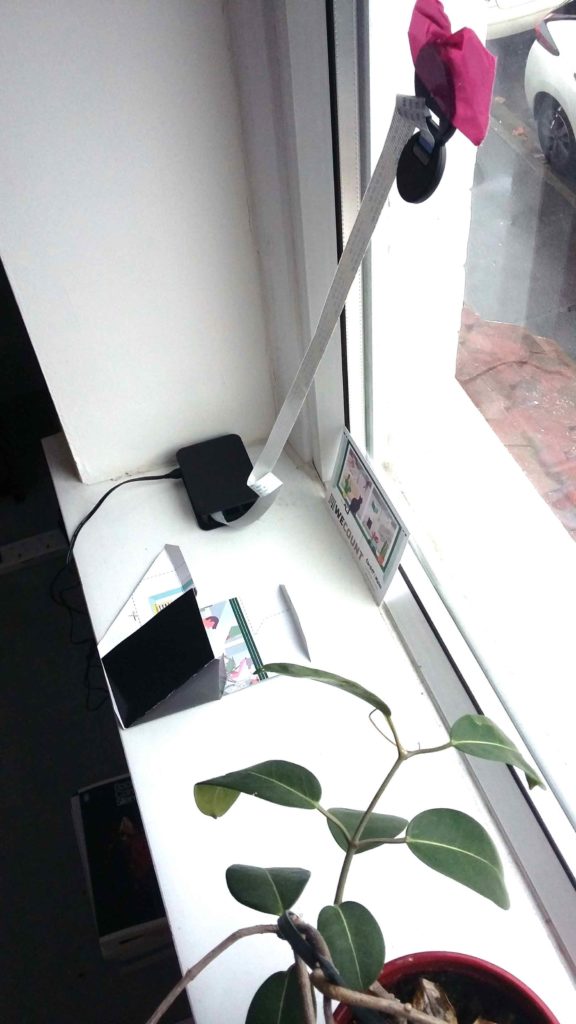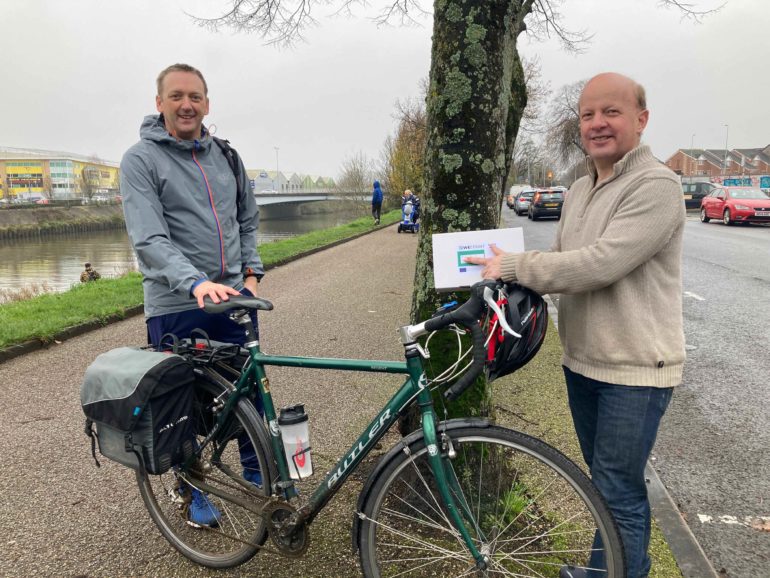Capital is one of five cities to take part in the Europe-wide survey
TRAFFIC sensors are being set up in homes across Cardiff in a bid to monitor traffic movement in the capital.
Local researchers are delivering 150 sensors to be installed in homes throughout the city, including Roath, Penarth and Grangetown.
The survey is part of Citizens Observing UrbaN Transport (WeCount), a research project involving six pilots in Madrid, Barcelona, Leuven, Dublin, Ljubljana and Cardiff. Each survey will run for two years.
Professor Enda Hayes, who put the project together, said the aim of the survey was to get people involved in the debate about local transport.
“We can use the data for whatever reason people want to use it for – air pollution, road safety, active travel, whatever it might be,” he said.

“We give [members of the public] the tools to gather the data, and then we go to work with them. Whether it’s raising awareness, communications campaigns, assessing interventions or looking at air pollution data.
“Ultimately, it’s about empowering people to go from being citizen scientists to citizen advocates for change for healthier neighbourhoods.”
The survey is part of Horizon 2020, a European Commission research programme into sustainable economic growth.
Cardiff produced 1,647 kilotonnes of C02 in 2018, making it the third worst local authority in Wales for carbon emissions.
Dafydd Trystan, Chair of the Active Travel Board, welcomed the project.
“There’s a lot of enthusiasm for it,” he said. “People want to tackle traffic around schools and they want to make it safer for everyone to walk and cycle.
“It’s not just for people who cycle a lot. It’s the person with mobility difficulties, it’s the family with small children. You want infrastructure that is safe for them.”
On Taffs Mead Embankment, in Grangetown, local residents cited traffic volume as a particular concern.
“I’ve lived here for 19 years,” said Michael Baker, 58. “Since they closed Castle Street the volume of traffic on this road has increased substantially.
“I think the council should be making decisions on the basis of evidence. If we have good evidence then we have a case to make to put some traffic control mechanisms into this area.”



